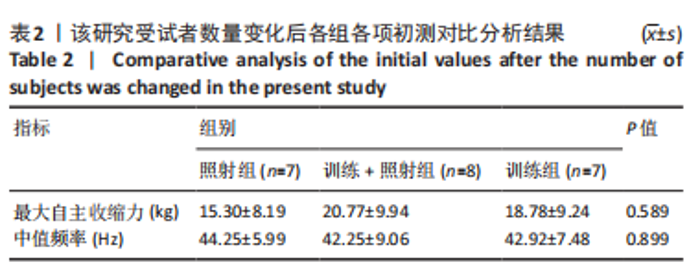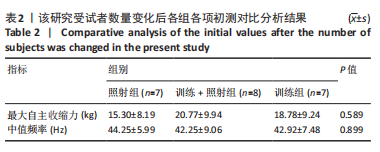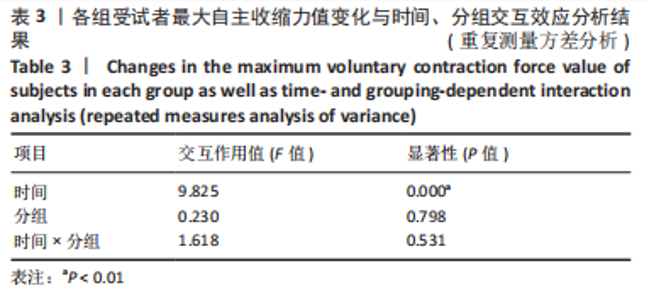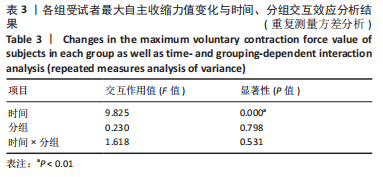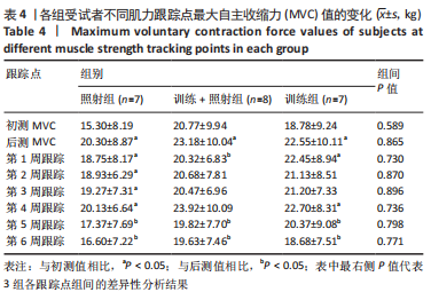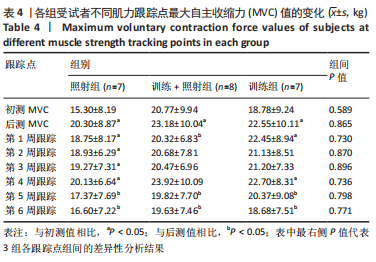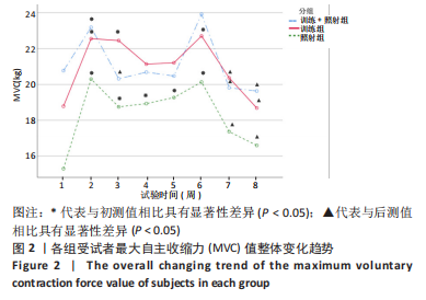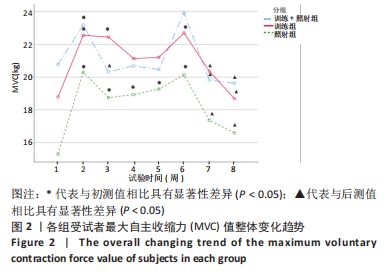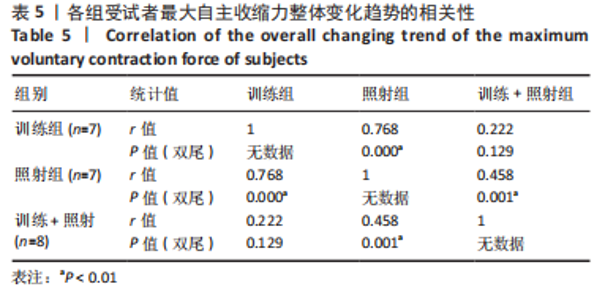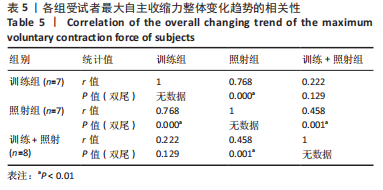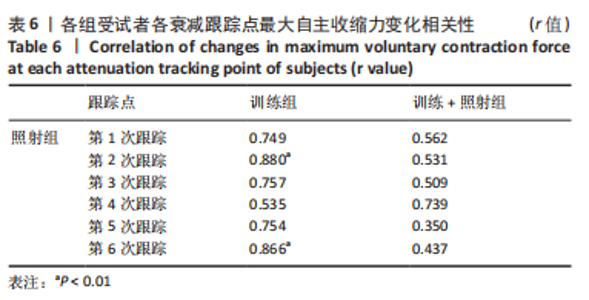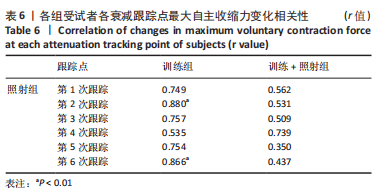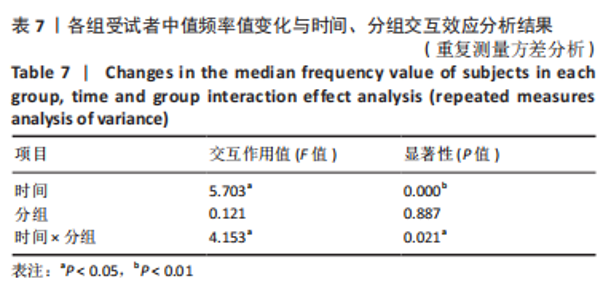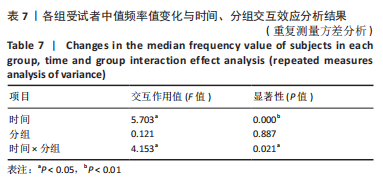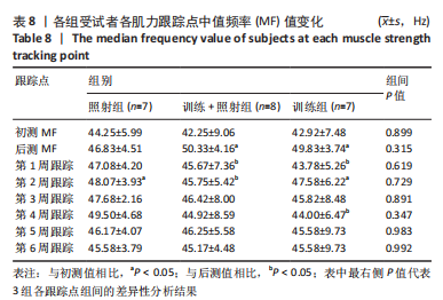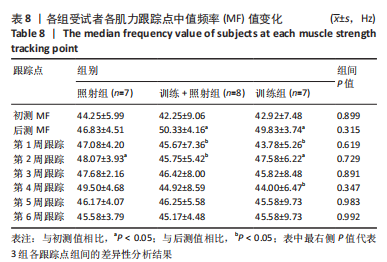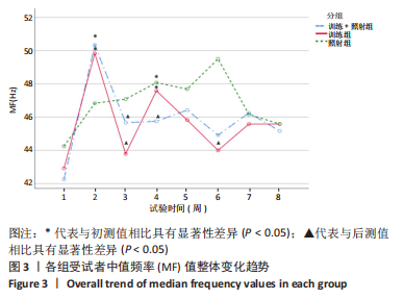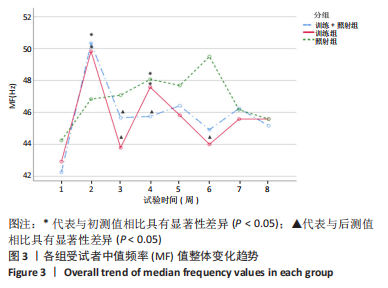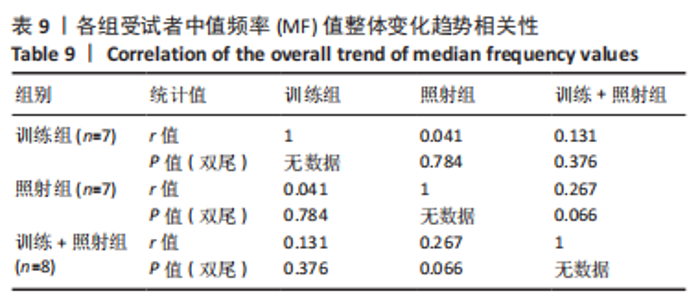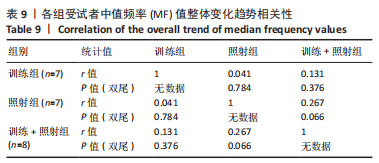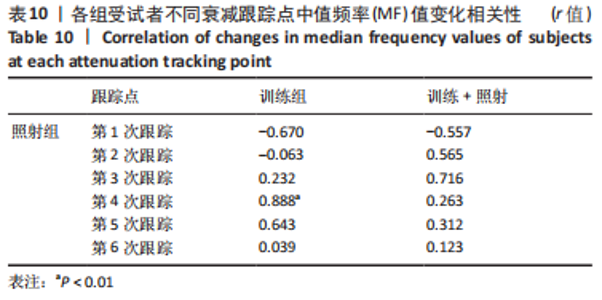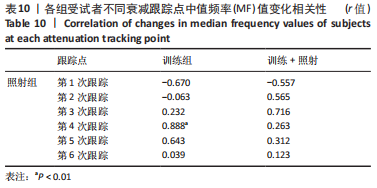Chinese Journal of Tissue Engineering Research ›› 2023, Vol. 27 ›› Issue (23): 3721-3727.doi: 10.12307/2023.516
Previous Articles Next Articles
Maintenance and attenuation trajectory of increased muscle strength after exposure to short-term low-frequency pulsed magnetic field via activation of classical transient receptor potential vanilloid-1
Li Zhongshan1, 2, Bai Shi3, 4, Liu Jie5, Yang Tieli6, Zou Yuqi3, Kong Weiqian3, Li Wei3, Zhang Qinyang3, Chen Song1, Che Tongtong7, Li Zhiyuan8, Guan Rongxin1, Wang Chunlu9
- 1Department of Physical Education, Northeastern University, Shenyang 110819, Liaoning Province, China; 2School of Sports Science, Fujian Normal University, Fuzhou 350117, Fujian Province, China; 3School of Information Science and Engineering, Shenyang University of Technology, Shenyang 111003, Liaoning Province, China; 4Liaoning Provincial Technology Innovation Center for Magnetic Medicine Detection and Treatment, Shenyang 110034, Liaoning Province, China; 5Scientific Experiment Research Center of China Medical University, Shenyang 110122, Liaoning Province, China; 6Capital University of Physical Education and Sports, Beijing 100191, China; 7Department of Physical Education, Tsinghua University, Beijing 100084, China; 8Department of Public Sports and Arts, Zhejiang University, Hangzhou 310058, Zhejiang Province, China; 9School of Ice Sports, Beijing Sport University, Beijing 100084, China
